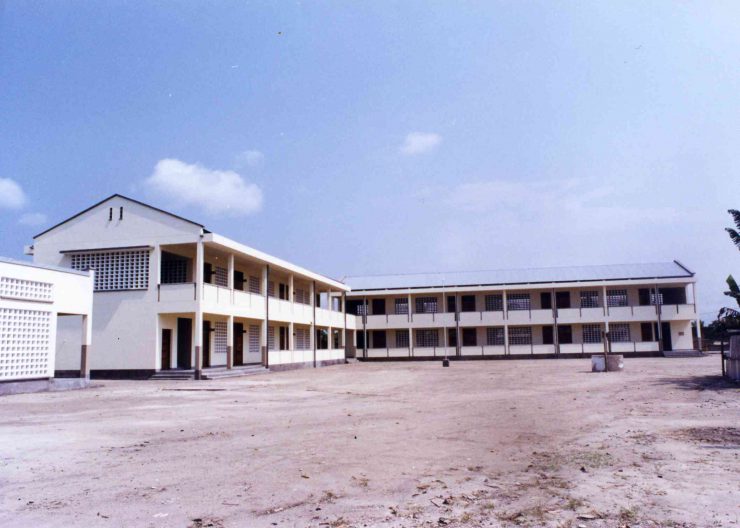The Project for Improvement of the Primary Schools in Cameroon (Phase Ⅰ)

Translated with www.DeepL.com/Translator (free version)
Background
The Republic of Cameroon has emphasized the role of national education since independence and has made relatively steady progress in educational development. However, during the economic crisis of the late 1980s, the deterioration of the educational environment worsened due to the cancellation of educational facilities, declining enrollment rates, and overcrowded classrooms. Due to the tight financial situation, it was difficult to build new classrooms, repair and maintain existing school buildings, and the government requested Japanese grant aid with the aim of improving the basic education environment through the construction of elementary school facilities and the provision of educational equipment in the cities of
Yaounde and Douala.
Project description
This project aimed to alleviate the overcrowding of elementary school in the two cities with high population concentration by constructing 147 classrooms in 11 schools in Yaoundé and 195 classrooms in 20 schools in Douala and providing educational equipment. In the planning process, single-story or two-story school buildings were designed according to site conditions and the surrounding environment, based on a plan with natural lighting and ventilation to reduce the burden of maintenance. The roof is double-roofed to reduce radiant heat from sunlight, and the walls are made of perforated concrete blocks to ensure effective ventilation and lighting, and to provide a robust structure against damage and theft.
